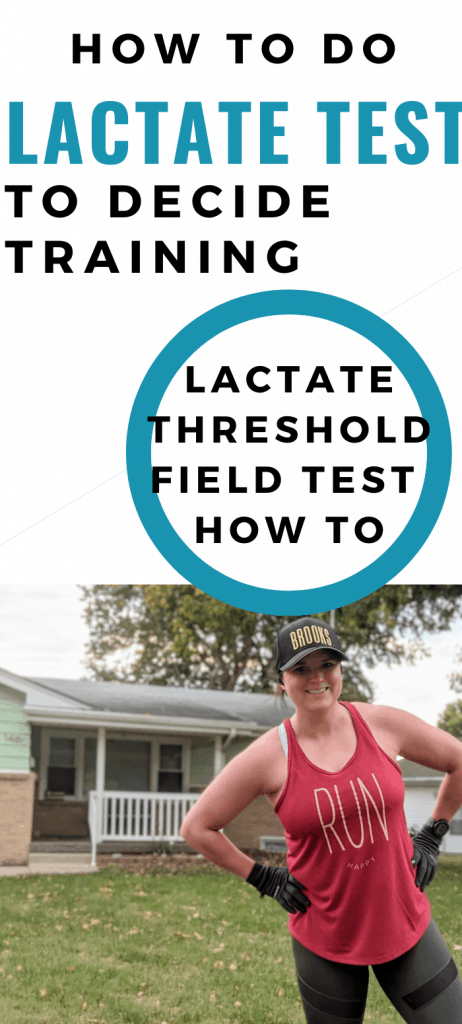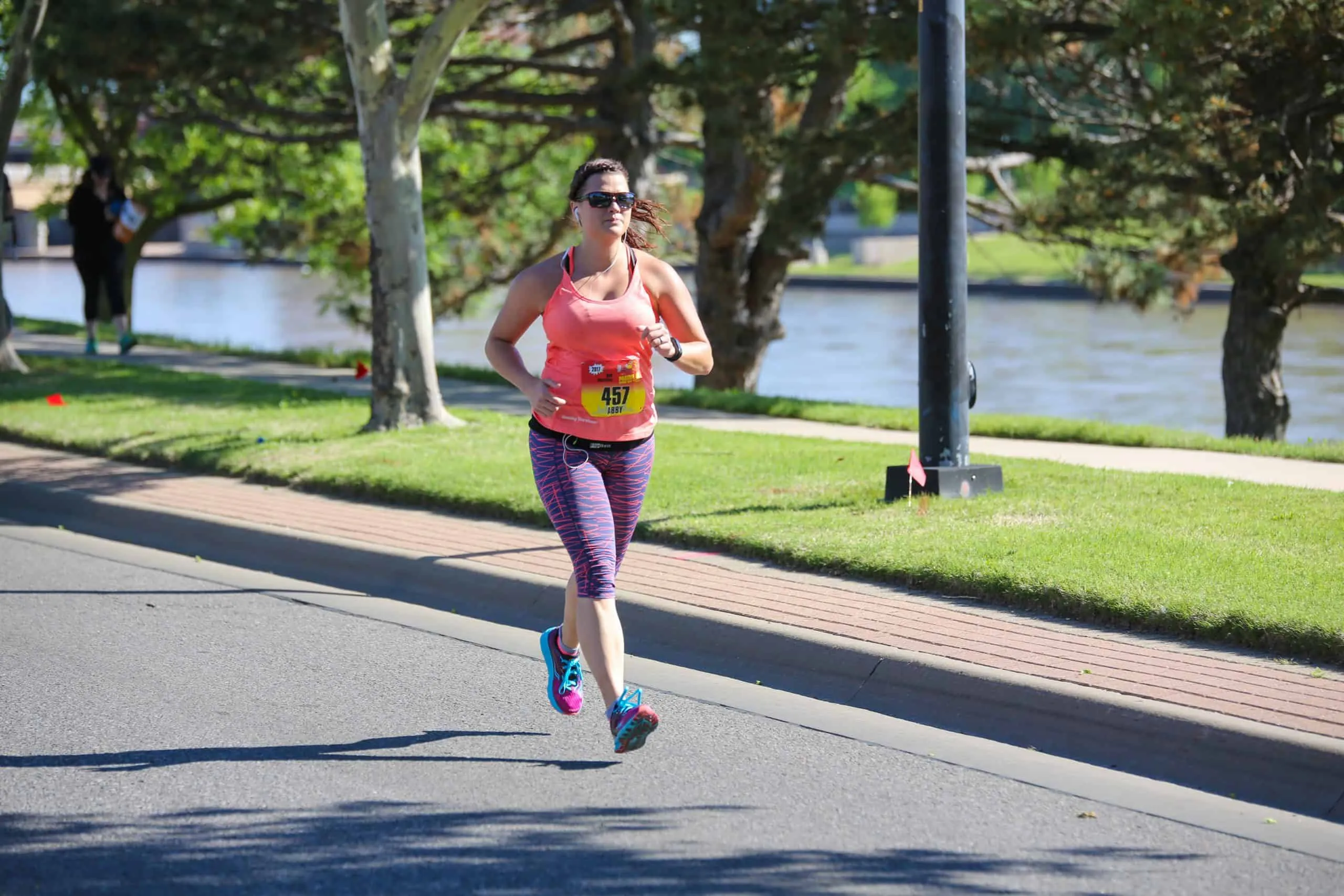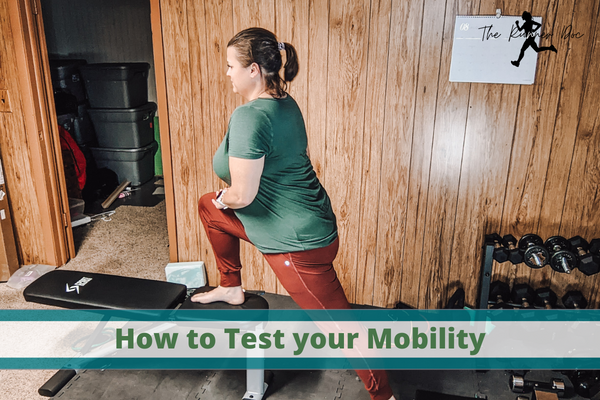How to do a Lactate Threshold Field Test
Run Faster with a Lactate Threshold Test
Do you aimlessly run and pick paces/intensities for your training runs? Up until recently, that is what I did. I had no plan or focus in regards to my training. I followed the training plans that I designed, but I just kinda guessed what my intensity level should be at. This went on to lead me to a whole host of issues with my training. That is until I learned how to do a lactate threshold field test. Game Changer.

Why you should do a Lactate Threshold Field Test
First of all, it is a way to measure your running fitness. When done regularly you will see how your fitness is improving (or degrading if you are overtraining/not doing the appropriate training) over time and allow you to adjust based on your results. The second big benefit is that it is useful for establishing your individual intensity zones for training. LT (lactate threshold) falls at a moderate intensity level. For me the test allows me to figure out my training zones for my 80/20 endurance training plans that I have through Training peaks.
Injury prevention. What this site is mainly about!
How to do a lactate threshold field test – 2 options
Time Trial
The time trial is definitely an intense test. You can also do it by using a recent 5k race but that involves some more steps that I’m not going to go over today. You can learn more about that at the 80/20 endurance website.
1) To do the time trial you will want to begin with a warm-up that consists of 15 minutes of easy jogging with a few 15-second surges at the pace you intend to run for the time trial.
2) After your warm-up, increase your effort to the highest level you feel you can sustain for 20 minutes and hit the lap button on your heart rate monitor watch.
3) At the end of the 20-minutes, hit the lap button again. Your LTHR is 95% of your average heart rate in beats per minute (BPM). So, for example, if your average HR in the 20-minute time trial is 170 BPM, your LTHR is (170 x 0.95 =) 162 BPM. (this is per the 80/20 endurance website)
Remember that conditions and location will cause your LTHR to change. Humidity, indoors vs outdoors, track vs road can all play a part in what your result is. Therefore, you will want to do your test in the environment (and time of day) that you are usually going to be training/running in/out.
Talk Test
I feel like the talk test is easier to perform. It does take a little practice but it is a shorter test and you don’t have to run at race pace for 30 minutes, by yourself. Keep in mind that you will feel like a complete dork doing this test if there are other people around. You are going to be talking to yourself for 30 seconds at a time while running. Just a heads up!! 🙂
Here’s how the protocol works:
1) Start with a warm-up of jogging at a very very slow pace – slower than your normal jogging pace. You should not feel winded or strained at all during this.
2) After 90 seconds, hit the lap button on your device and note your heart rate and/or pace. Now is your time to recite your statement that is approximately 50 syllables in length while continuing at the same pace. Here you can do the American Pledge of Allegiance or you can simply count (one hundred one, one hundred two, etc) This step should take you about 30 seconds to do. After 30 seconds is up hit the lap button again. After your finish speaking, judge yourself on whether it was comfortable. You have 3 options to rate your comfort: yes, no, and not sure.
3) If it was comfortable after the last segment then you will repeat this routine while picking up your pace a big (15 seconds per mile or so). Try not to make a big jump, the test will be less accurate. After another 90 seconds at this pace note your heart rate and/or pace again and hit the lap button. Repeating the 30 seconds of talking as before. Also as before, rate your comfort level at the end.
4) Continue to alternate the 90-second segments and 30-second testing segments until you cannot speak comfortably or you are not sure if you can. Once you hit this point the test is complete you can either stop or continue running to complete your workout for the day if you need more miles/time. (any degree of uncertainty regarding your comfort to speak counts as a “no” and the test is done)
The key data you are looking at in this test is the highest heart rate and/or pace at which you were able to speak comfortably. This is NOT your lactate threshold heart rate or pace. To determine that you will need to go to 80/20 endurance and put in your number under the talk test field and it will spit out your Threshold heart rate!

How Often Should You Perform the Test
There is a huge variable for this one. If you are basing your zones on heart rate alone (like I do) then once you get past the “break in” period as a beginner and become more intermediate or advanced with your running you won’t have to reassess your heart rate often at all. This is due to the fact that as your fitness improves you are able to run faster at the same heart rate. When you reach this point is variable and will be determined if you do several tests and your LTHR doesn’t change.
When it comes to your lactate threshold pace. Then you will need to test more regularly. I would recommend doing it at the start of a training cycle and halfway through it as well (only if it is over 8 weeks long anything shorter than that and you won’t see much change in my experience).
You Might Also Like
- Your Running is Affecting your Pelvic Floor,What you need to know!
- How to Conquer Neck Pain and Keep Running Strong!
- 5 Things to Know if Barefoot Running is Right for You
- Enhance Your Running Performance and Recovery with Reflexology
- Eliminate Stinky Runner’s Feet – What Causes Foot Odor and How Can I Treat It?
Follow me!!
AFFILIATE DISCLOSURE
As an Amazon Associate, I earn from qualifying purchases. This post may contain affiliate links. If you use these links to buy something we may earn a commission. The Site may contain links to affiliate websites, and we receive an affiliate commission for any purchases made by you on the affiliate website using such links.

How to do a Lactate Threshold Field Test

Dr. Abby Siler, PT, DPT is a Physical Therapist with 10 years of experience in a variety of settings. She has spent the majority of her time treating athletes in orthopedic clinics and worker’s compensation cases. She is a runner herself for the past 15 years and a lifelong athlete. Dr. Abby loves to teach runners how to stay injury free and out of her clinic.







